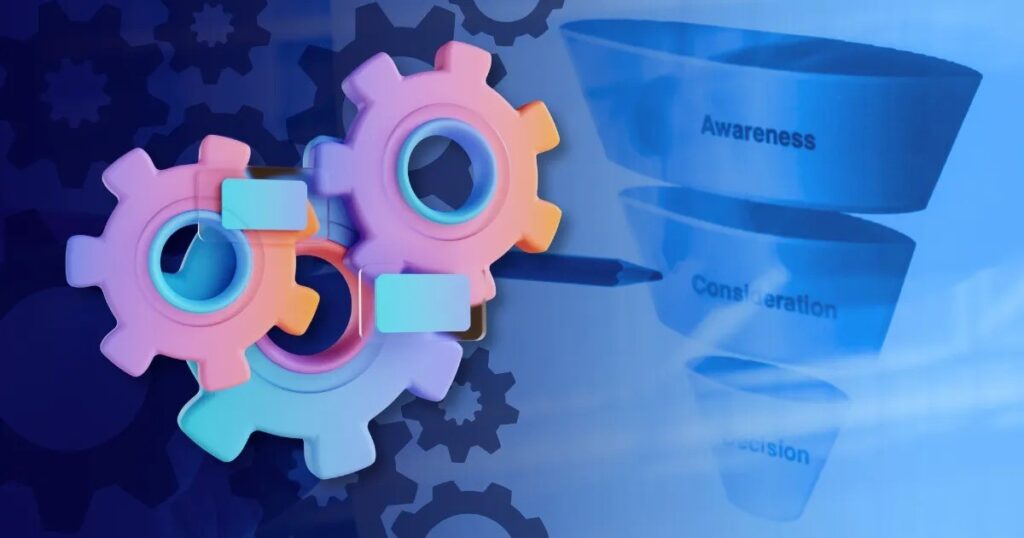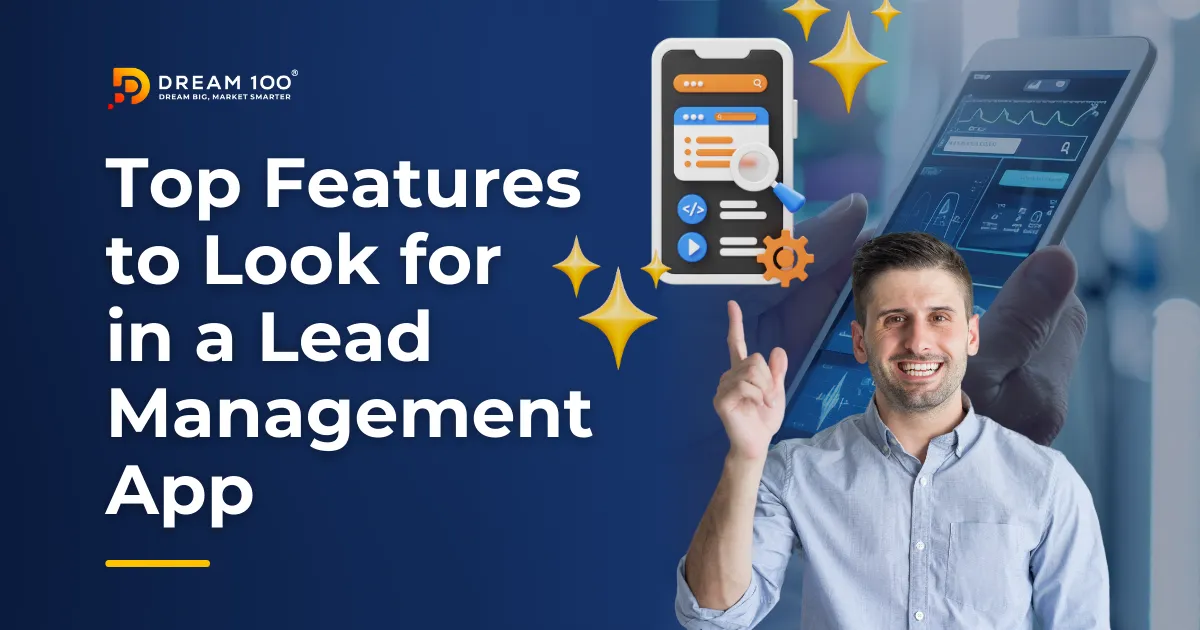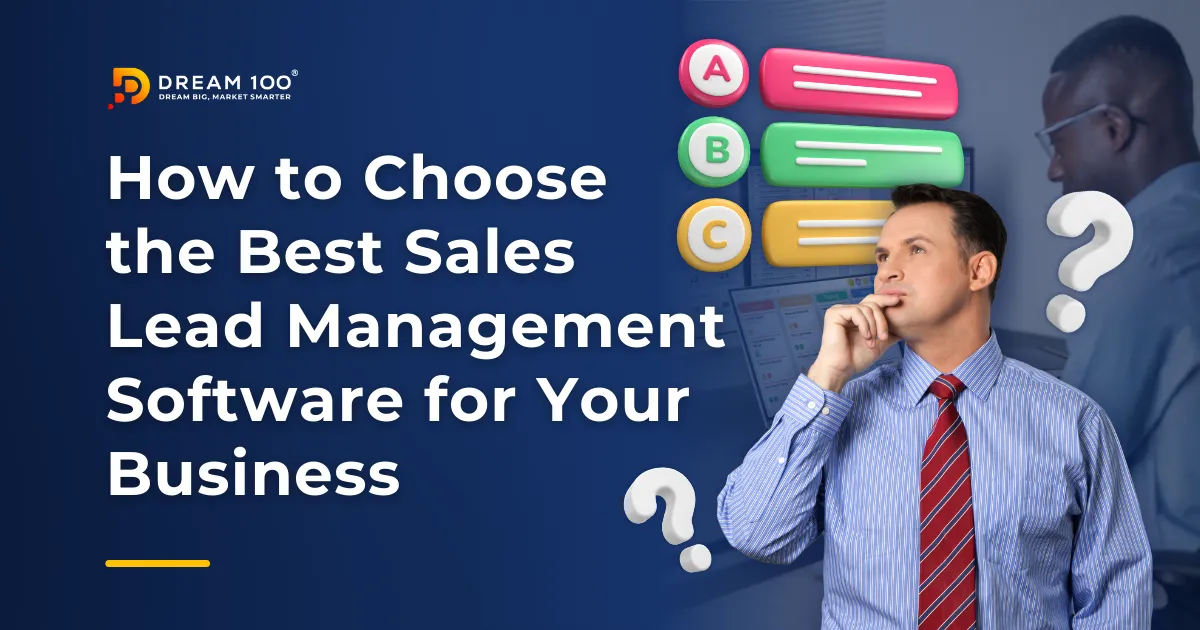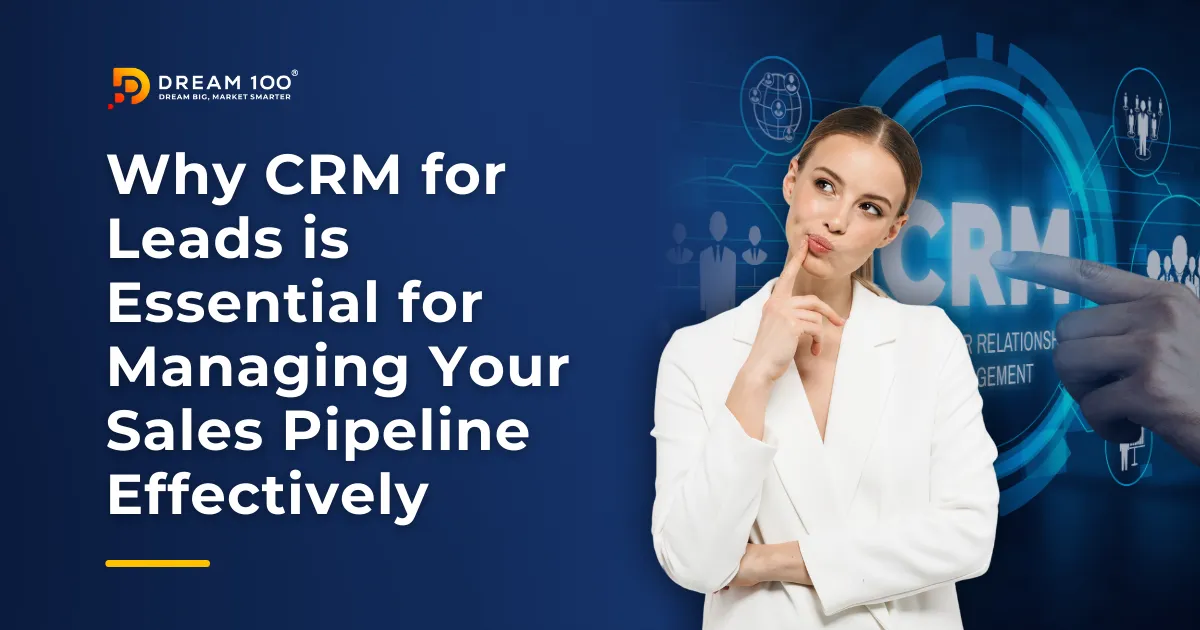Creating a lead generation marketing funnel is essential for any business looking to nurture prospects from initial interest to final sale. This step-by-step guide will help you map out your funnel effectively, ensuring you capture and convert as many leads as possible.
By understanding each phase of the funnel, you can tailor your strategies to meet your potential customer’s needs and behaviors. Keep reading to learn how to structure your lead generation marketing funnel for maximum impact.

Understanding Lead Generation Funnels
Lead generation funnels are strategic models used to attract and convert potential customers into leads and, ultimately, paying customers. This funnel guides prospects through various stages of engagement, from initial awareness to the final decision to purchase.
A lead generation marketing funnel is important because it can systematically transform cold prospects into interested buyers, ensuring a steady flow of new business. It provides a structured technique for businesses to follow, which helps in optimizing marketing efforts and resources.
Key Components of an Effective Funnel
An effective lead generation marketing funnel comprises several key components:
- Awareness: This is the top funnel where potential customers learn about your business first. SEO, PPC advertising, and social media marketing are used to attract visitors.
- Interest: Prospects show interest in your product or service at this stage. Email newsletters, engaging blogs, and targeted content help nurture their interest.
- Decision: Prospects are now considering whether to purchase. Detailed product information, testimonials, and comparison guides can aid their decision-making process.
- Action: This is the bottom of the funnel, where prospects convert into customers. Strong calls to action, irresistible offers, and a seamless checkout process are crucial here.
Each component must be carefully managed to ensure prospects move smoothly from one stage to the next.
How Funnels Vary by Business Type
The structure of a lead generation marketing funnel can vary depending on the type of business. For instance:
- B2C Companies: Often have shorter, more straightforward funnels. Impulse buys are common, focusing on quick conversions through compelling offers and easy checkout processes.
- B2B Organizations: Typically feature longer funnels with multiple decision-makers. Content is more detailed, with an emphasis on relationship building, extensive information, and nurturing leads over time.
Understanding these variations is critical because it allows businesses to tailor their lead generation marketing funnel to suit best their specific market, product type, and customer behavior, enhancing efficiency and effectiveness in their marketing strategies.

Designing Your Lead Generation Digital Marketing Funnel
The first step in designing an effective lead generation digital marketing funnel is clearly identifying your target audience. It is vital to comprehend who your potential customers are, what they need, and what drives their decisions.
Create detailed buyer personas with demographic information, behavior patterns, motivations, and goals. This will help adjust your marketing efforts to your audience’s specific characteristics and preferences, making your lead generation marketing funnel more focused and effective.
Choosing the Right Digital Channels for Engagement
Selecting the right digital channels is essential once you know who you’re targeting. The key is to meet your audience where they spend most of their time. For some, this might be social media platforms like Facebook or Instagram; professional networks like LinkedIn may be more appropriate for others. Consider the following channels:
- Social: Great for interactive engagement and brand visibility.
- Email Marketing: Effective for personalized, direct communication.
- SEO and Content Marketing: Helps in attracting leads through organic search.
- PPC Advertising: Provides a boost in visibility and quick results.
Each channel serves a different purpose in your lead generation marketing funnel, and the right mix will depend on your audience’s preferences and online behaviors.
Crafting Compelling Content and Offers
Content is the fuel for your lead generation marketing funnel. It attracts prospects, engages them, and encourages them to move further down the funnel. Your content should be informative, rich, and aligned with the interests of your target audience. Here are a few tips to ensure your content is compelling:
- Value-driven Offers: Provide clear value through free trials, eBooks, or webinars.
- Strong Headlines: Capture attention and make promises that your content delivers.
- Engaging Formats: Use a mix of blogs, videos, infographics, and podcasts to meet different preferences.
- Clear Calls-to-Action: Every piece of content should have a clear CTA guiding readers to the next step.
By carefully crafting content and offers that resonate with your audience, your lead generation marketing funnel becomes more effective in converting visitors into leads and, ultimately, customers.

Optimizing Your B2B Lead Generation Marketing Funnel
Implementing B2B lead generation marketing funnels requires a more nuanced approach than B2C strategies, as the decision-making process in businesses is typically longer and involves multiple stakeholders. Effective strategies for optimizing your B2B lead generation marketing funnel include:
- Content Marketing: Developing in-depth, authoritative content such as whitepapers, industry reports, and case studies that address specific industry issues or pain points.
- LinkedIn Marketing: Leveraging LinkedIn for networking, sharing content, and running targeted ads, as it’s the primary social platform for B2B interactions.
- SEO and SEM: Enhancing visibility through search engine optimization and marketing to capture leads actively searching for solutions in your industry.
- Webinars and Online Events: Hosting informative events that offer valuable insights while capturing lead information through registrations.
These strategies should be integrated into your lead generation marketing funnel to attract qualified B2B leads effectively.
Nurturing Leads with Email Marketing and Automation
Once leads are part of your lead generation marketing funnel, nurturing them becomes critical, especially in B2B contexts where purchase decisions take longer. Email marketing combined with automation can effectively engage, and progress leads through the funnel by:
- Segmented Email Campaigns: Sending targeted emails based on the lead’s behavior and stage in the funnel ensures relevance and increases engagement.
- Lead Scoring: Using automation tools to score leads based on their engagement levels helps prioritize follow-up efforts.
- Drip Campaigns: Automated sequences that provide timely and relevant information can help maintain interest and gently push leads toward a decision.
Measuring Success: Key Metrics and KPIs
To ensure the effectiveness of your B2B lead generation marketing funnel, it’s crucial to measure its performance using specific metrics and KPIs:
- Lead Conversion Rates: Tracks the percentage of leads that convert into opportunities and, eventually, customers.
- Cost per Lead: Helps understand the cost-effectiveness of different strategies and channels.
- Lead Velocity Rate (LVR): Measures the speed at which leads move through your funnel, indicating the effectiveness of your nurturing strategies.
- ROI: The ultimate measure of your funnel’s effectiveness in terms of financial return on investment.
By continuously monitoring these KPIs, you can fine-tune your lead generation marketing funnel, enhancing its efficiency and effectiveness in generating high-quality B2B leads.

Conversion Tactics for Maximizing Lead Potential
The right call-to-action (CTA) can dramatically improve the performance of your lead generation marketing funnel by guiding prospects toward taking the desired action. Effective CTA strategies involve:
- Clarity and Urgency: Your CTA should clearly state what you want prospects to do and create a sense of urgency to force immediate action.
- Visibility: Place CTAs in prominent locations on your pages, ensuring they are easy to find and click.
- Relevance: Tailor CTAs to match the content on the page as well as the stage of the funnel the prospect is in. For example, early-stage CTAs might be “Learn More,” while later-stage CTAs could be “Schedule a Demo.”
- Testing: Regularly test different CTA texts, colors, and placements to find the most effective combination for your audience.
Implementing these techniques can enhance the effectiveness of your lead generation marketing funnel, driving more conversions and ultimately increasing revenue.
Landing Page Optimization Tips for Higher Conversions
Optimizing your landing pages is vital for maximizing the conversion potential of your lead generation marketing funnel. Key tips include:
- Simplicity and Focus: Keep the design simple and the content focused on the key message and offer, minimizing distractions that could detract from the conversion goal.
- Value Proposition: Clearly articulate the value of what you’re offering. Why should a visitor convert? What problem does it solve for them?
- Trust Signals: Include testimonials, guarantees, and security badges to build trust and confidence among prospects.
- Mobile Optimization: Ensure that landing pages are responsive and load quickly on mobiles, as a significant amount of web traffic is mobile.
A/B Testing to Improve Funnel Performance
A/B testing is a necessary tool in optimizing your lead generation marketing funnel. By systematically testing different versions of your web pages, CTAs, and emails, you can:
- Identify what resonates best with your audience, leading to higher conversion rates.
- Optimize each stage of the funnel by testing variations in content and design to see which versions keep users moving towards a conversion.
- Make data-driven decisions that continually improve the performance of your marketing efforts.
Regularly implementing A/B testing allows you to refine your strategies effectively, ensuring that your lead generation marketing funnel is as efficient as possible in converting leads into customers.
Conclusion
As we’ve explored the various components for optimizing a lead generation marketing funnel, the right approach can dramatically enhance your business’s capability to attract, engage, and convert leads. By understanding your audience, tailoring your digital strategies, and nurturing leads through targeted communications, your lead generation marketing funnel can become a powerful engine for business growth.
At Dream 100®, we understand the complexities and challenges of developing effective lead generation marketing funnels. We’re dedicated to helping businesses like yours refine and perfect these strategies, ensuring that every stage of your funnel is optimized to convert prospects into loyal customers.
Ready to turbocharge your lead generation efforts? Reach out to us at Dream 100® Contact Page to learn how we can help you create a high-performing lead generation marketing funnel that drives results. Let’s start building your pathway to success today!




